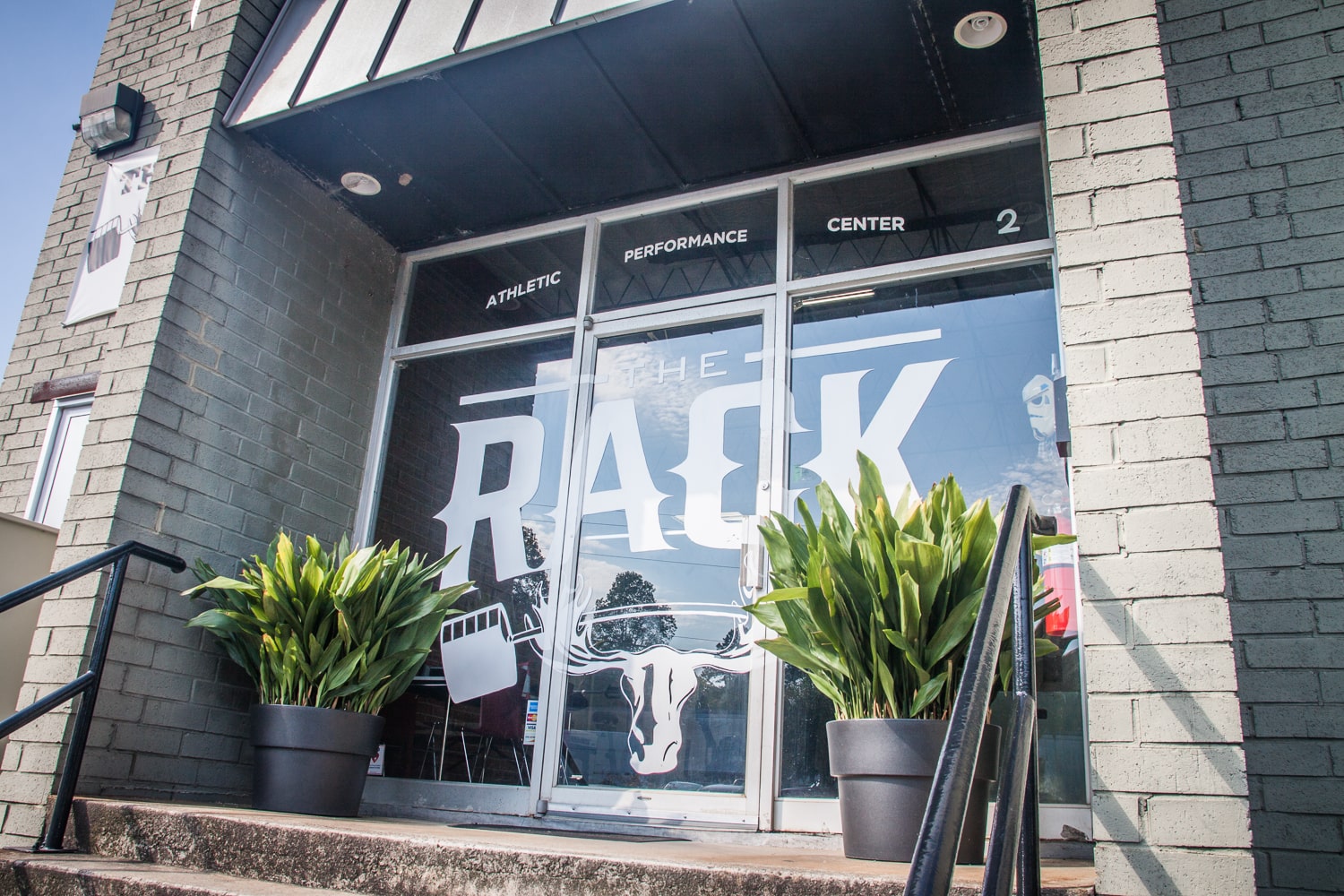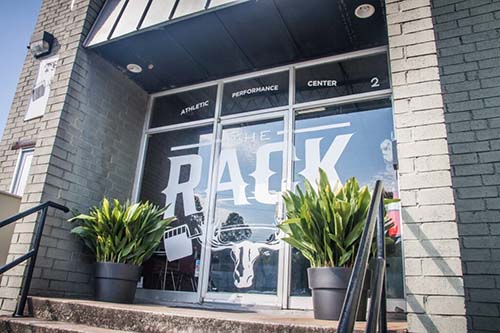How Long Does It Take to Build Muscle Mass?

Embarking on a journey to build muscle mass is a commitment that requires patience, perseverance, and a solid understanding of the process. However, one of the most common questions among fitness enthusiasts is, “How long does it take to see significant gains in muscle mass?” In this article, we delve into the intricacies of muscle growth timelines, shedding light on the average duration required to achieve noticeable results through strength training.
When embarking on a structured strength training program, the body undergoes initial adaptations in the first few weeks. These adaptations primarily involve improvements in neuromuscular coordination, allowing the muscles to efficiently recruit motor units and generate force. While these early gains may not be visually striking, they lay the groundwork for subsequent muscle growth.
Within the first 4 to 8 weeks of consistent training, individuals often experience noticeable improvements in strength and endurance. This phase, often referred to as the “beginner gains” phase, is characterized by rapid increases in muscular performance as the body adapts to the demands of resistance training. While some individuals may also observe slight increases in muscle size during this period, significant muscle hypertrophy typically takes longer to manifest.
Building substantial muscle mass is a gradual process that unfolds over months and years rather than weeks. While individual factors such as genetics, training experience, nutrition, and recovery play significant roles, research suggests that most individuals can expect to gain approximately 1 to 2 pounds of muscle mass per month under optimal conditions. However, it’s essential to note that these gains are not linear and may vary depending on various factors.
Consistency is paramount when it comes to building muscle mass. While initial gains may come relatively quickly, long-term progress requires sustained effort and dedication to a structured training program. Consistent adherence to progressive overload, proper nutrition, adequate rest, and recovery are essential for maximizing muscle growth potential.
It’s important to recognize that individual responses to strength training can vary widely. Factors such as age, sex, hormone levels, metabolic rate, and genetic predispositions can influence an individual’s ability to build muscle mass. While some individuals may experience rapid gains, others may progress at a slower pace. Comparing one’s progress to others can be counterproductive, as each person’s journey is unique.
Building significant muscle mass is a long-term endeavor that requires patience and realistic expectations. While social media and fitness magazines often portray unrealistic transformations in short periods, the reality is that sustainable progress takes time. By setting realistic goals, tracking progress, and celebrating small victories along the way, individuals can stay motivated and committed to their muscle-building journey. Remember, patience and perseverance are key on the path to building a stronger, more muscular physique.
Matthew Walcott
B.S., CPT, FRCms




